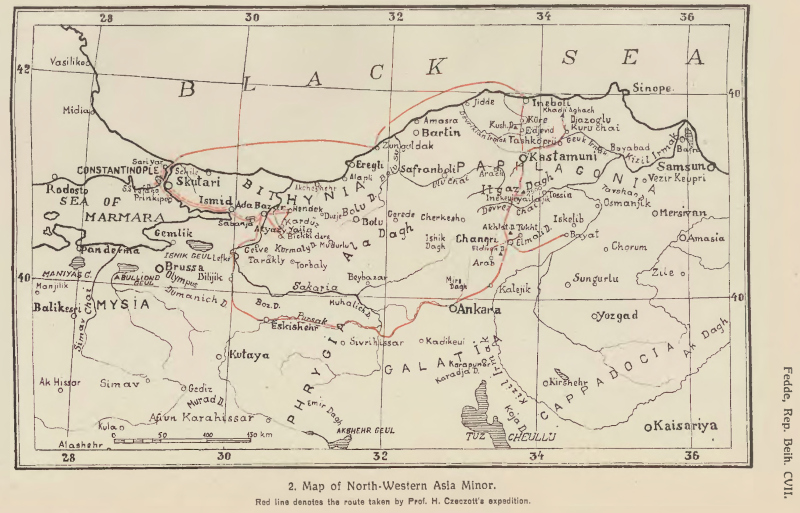Typification of plant names described by Hanna Czeczott

21 08 2025
The journal Taxon has just published a paper devoted to the typification of plant names described by Hanna Czeczott – a distinguished Polish botanist known primarily for her work on fossil plants, but also for her floristic and systematic research. The authors are Dr. Maja Graniszewska and Dr. hab. Barbara Sudnik-Wójcikowska from the Faculty of Biology, University of Warsaw, together with Dr Kamil Frankiewicz, who will join the Faculty’s herbarium in October this year. The study is based on herbarium material preserved in the Faculty’s collections.
Typification is one of the most important processes in taxonomy. It involves the unambiguous designation of a specimen – the nomenclatural type – that serves as the fixed reference point for a scientific name. This ensures the stability and consistency of names in scientific literature and applied botany worldwide. Without clear typification, names may be misapplied, leading to confusion and misidentification of taxa.
Hanna Czeczott (1888–1982) was born in St Petersburg as Hanna Peretiatkowicz. She studied at the women’s natural science courses in St Petersburg. After returning to Poland in 1922, she worked at the Botanical Institute of the Jagiellonian University, and from 1948 at the Museum of the Earth, Polish Academy of Sciences, where she founded and headed the palaeobotanical laboratory. Among her fieldwork achievements were two botanical expeditions to Turkey — from 27 December 1924 to 2 March 1925, and from 9 June to 16 August 1925 — undertaken together with her husband. These trips yielded extensive plant collections.
From this material, she described 22 new species and subspecies of plants. Of these, type material of 21 taxa was located in the herbarium and verified. Seven taxa are accepted as species, while the remaining 14 are treated as synonyms of other taxa.
The centenary of Hanna Czeczott’s expeditions offered an occasion to secure her nomenclatural legacy, a lasting value both for the history of botany and for present-day floristic and systematic studies.
The illustration shows a map with the routes of both expeditions in Turkey.
Original publication: https://onlinelibrary.wiley.com/doi/10.1002/tax.13387